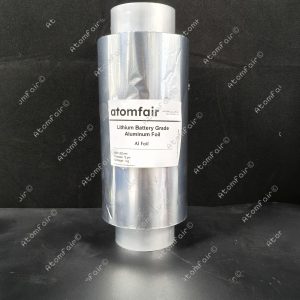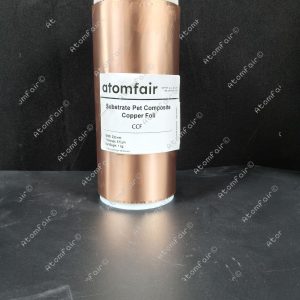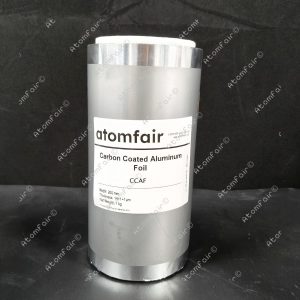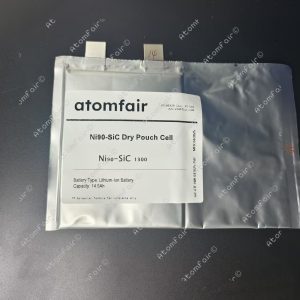Your cart is currently empty!

Atomfair 4,5-Difluoro-1,3-dioxolan-2-one C3H2F2O3
Description 4,5-Difluoro-1,3-dioxolan-2-one (CAS No. 171730-81-7) is a high-purity fluorinated cyclic carbonate compound with the molecular formula C3H2F2O3. This specialty chemical is widely utilized in advanced electrochemical applications, particularly as a key electrolyte additive in lithium-ion batteries to enhance thermal stability and cycling performance. Its unique fluorinated structure contributes to improved SEI (Solid Electrolyte Interphase) formation, reducing decomposition at high voltages. Suitable for research and industrial use, this product is rigorously tested for purity (typically ??98%) and is available in various quantities to meet laboratory and bulk requirements. Store in a cool, dry place under inert conditions to maintain stability.
Description
Description
4,5-Difluoro-1,3-dioxolan-2-one (CAS No. 171730-81-7) is a high-purity fluorinated cyclic carbonate compound with the molecular formula C3H2F2O3. This specialty chemical is widely utilized in advanced electrochemical applications, particularly as a key electrolyte additive in lithium-ion batteries to enhance thermal stability and cycling performance. Its unique fluorinated structure contributes to improved SEI (Solid Electrolyte Interphase) formation, reducing decomposition at high voltages. Suitable for research and industrial use, this product is rigorously tested for purity (typically ??98%) and is available in various quantities to meet laboratory and bulk requirements. Store in a cool, dry place under inert conditions to maintain stability.
- CAS No: 171730-81-7
- Molecular Formula: C3H2F2O3
- Molecular Weight: 124.04
- Exact Mass: 123.99720025
- Monoisotopic Mass: 123.99720025
- IUPAC Name: 4,5-difluoro-1,3-dioxolan-2-one
- SMILES: C1(C(OC(=O)O1)F)F
- Synonyms: 171730-81-7, 4,5-difluoro-1,3-dioxolan-2-one, DTXSID90628999, DTXCID10579752, 933-663-8
Application
4,5-Difluoro-1,3-dioxolan-2-one is primarily employed as an electrolyte additive in lithium-ion batteries, where it improves high-voltage stability and reduces gas generation during cycling. Its fluorinated structure enhances the electrochemical performance of energy storage systems by forming a robust SEI layer on electrode surfaces. Researchers also explore its potential in polymer chemistry and as a fluorinated building block for specialty materials.
If you are interested or have any questions, please contact us at support@atomfair.com
Related products
-
Atomfair 1 kg/roll Battery Grade Aluminum Foil (200mm W x 12um T) for Battery Electrode Substrate/ Current Collector
$169.95 -
Atomfair 1 kg/roll Battery Grade PET Composite Copper Foil for Battery Anode Substrate/ Current Collector
$529.95 -
Atomfair 1 kg/roll Double Sides Conductive Carbon Coated Aluminum Foil for Battery Electrode Substrate/ Current Collector (200 mm wide 14+1+1 um thick)
$189.95 -
Atomfair 14.5 AH Ni90 || SiC Dry Pouch Battery Cell Without Electrolyte Filling
$550.00 -
Atomfair 1AH LCO || Graphite Dry Pouch Cell Lithium Ion Battery
$169.95




